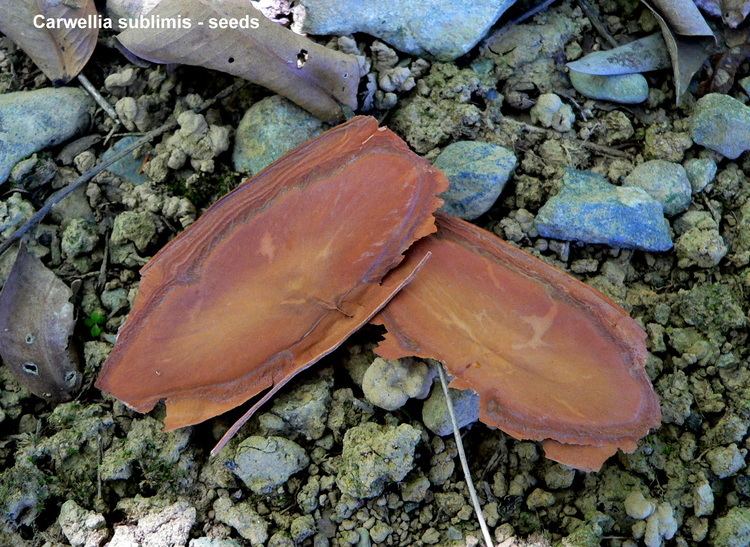Scientific name Cardwellia sublimis Rank Genus | Species C. sublimis Higher classification Proteas | |
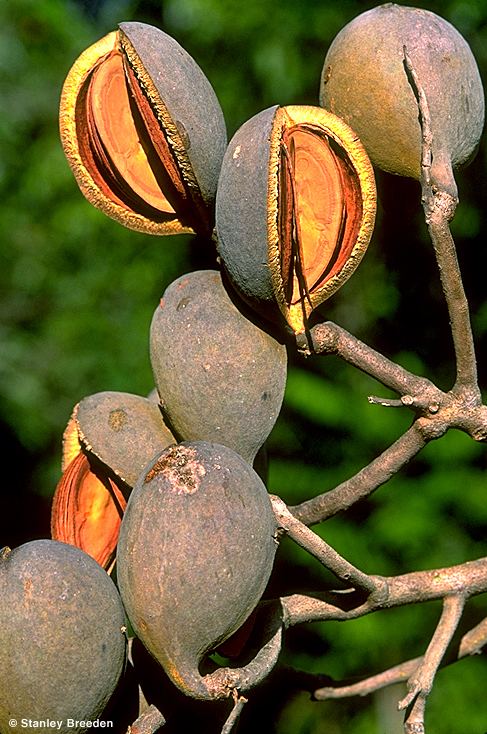 | ||
Similar Proteas, Carnarvonia, Darlingia, Opisthiolepis, Hicksbeachia | ||
Cardwellia garden plants
Cardwellia is a genus of a sole described species of large trees, constituting a part of the plant family Proteaceae. The species Cardwellia sublimis (northern silky oak) grows naturally only (endemic) in the rainforests of the wet tropics region of north eastern Queensland, Australia. Other common names include bull oak, golden spanglewood, lacewood, oak and oongaary. The compound leaves have up to 17 leaflets. It produces white inflorescences followed by woody fruits which are prominently displayed outside the canopy.
Contents
- Cardwellia garden plants
- Taxonomy and naming
- Description
- Distribution and habitat
- Uses and cultivation
- References
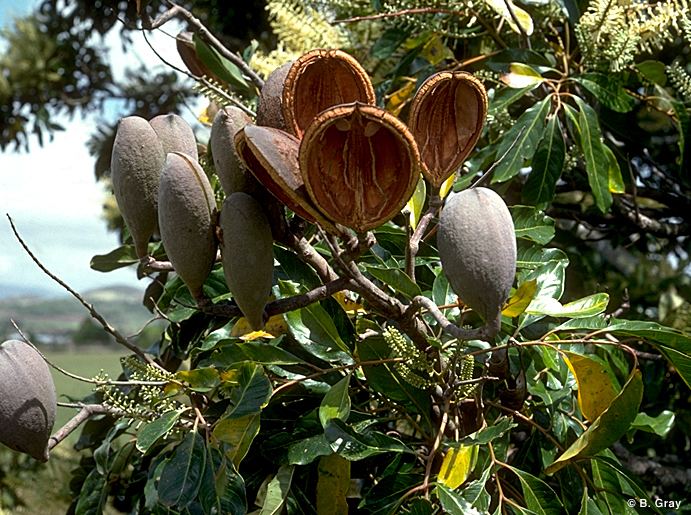
Taxonomy and naming
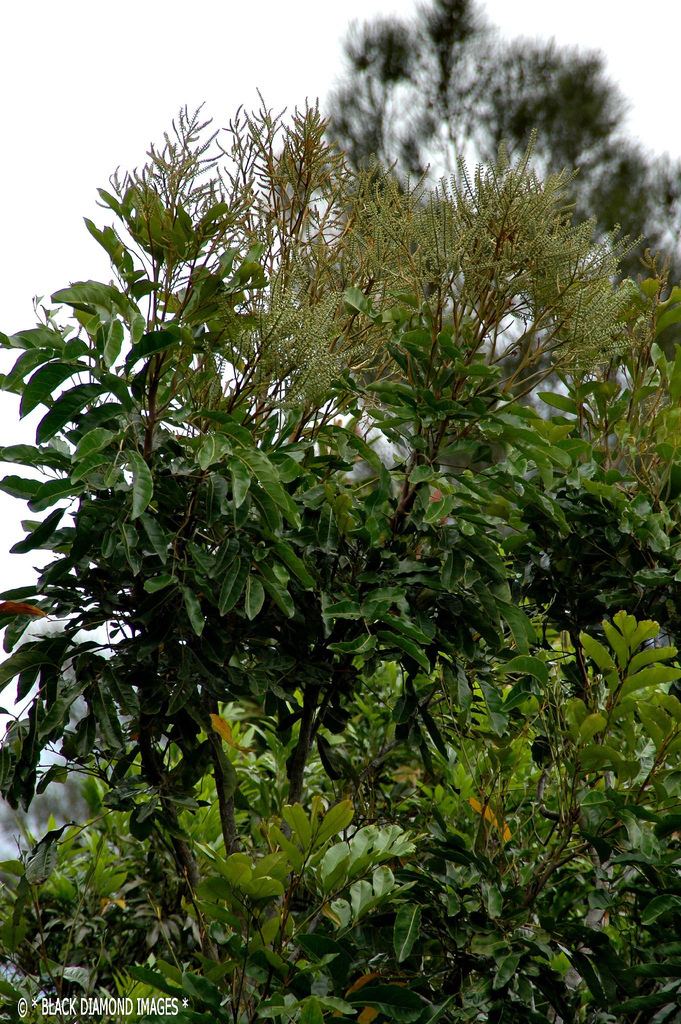
Ferdinand von Mueller named the genus in honour of Edward Cardwell, who had been Secretary of State for the Colonies from 1864 to 1866. The species name is the Latin adjective sublimis "lofty". The type specimen was collected by John Dallachy in Rockingham Bay. Its everyday name in the local Dyirbal language was jungan, though a more general word gurruŋun "oak tree" (also applied to Darlingia ferruginea and Helicia australasica) was used in the taboo [Dyalŋuy] vocabulary.
Molecular analysis indicates Cardwellia sublimis is a member of the subtribe Gevuininae, and is the earliest offshoot from the main ancestor of the other genera. It is thought to have separated around 35 million years ago in the late Eocene.
Description
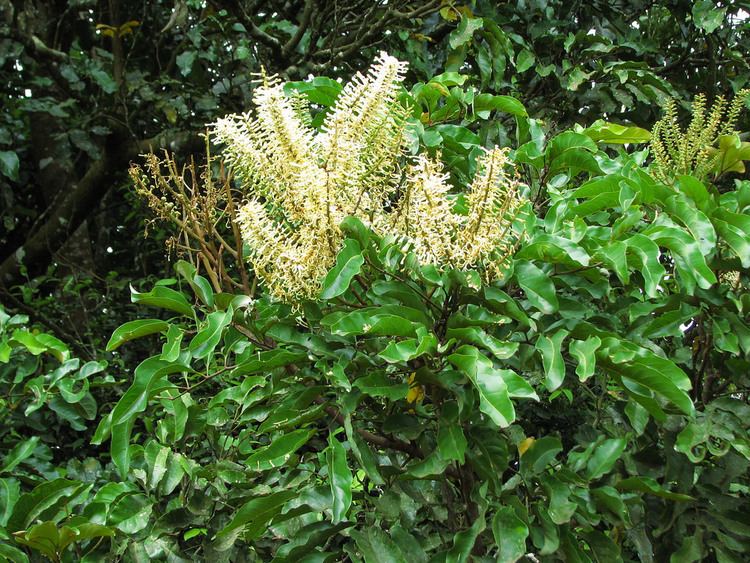
Cardwellia sublimis grows as a tall, often emergent, tree in its native rainforest habitat, reaching 30 m (100 ft) in height, though likely to only grow half this size in cultivation. The bark is thin, and there is no buttressing. The initial leaves are entire but juvenile leaves are generally pinnate and large, reaching 65 cm (26 in) long. They are composed of 3 to 10 pairs of oval to oblong leaflets, each of which is 9–18 cm (3.5–7.1 in) long and 4–7 cm (1.6–2.8 in) wide. Flowering is profuse, and the canopy can be covered with the cream-white flowerheads in late spring and summer. The inflorescences are 9–16 cm (3.5–6.3 in) long. The flowers are followed by woody oval follicles, which are 8–11 cm (3.1–4.3 in) long and 5–6 cm (2.0–2.4 in) wide and contain 8 to 12 winged seeds each.
Distribution and habitat

Cardwellia sublimis grows naturally in wet tropics rainforests between Townsville and Cooktown from sea level to an altitude of 1,000 m (3,300 ft).
Uses and cultivation
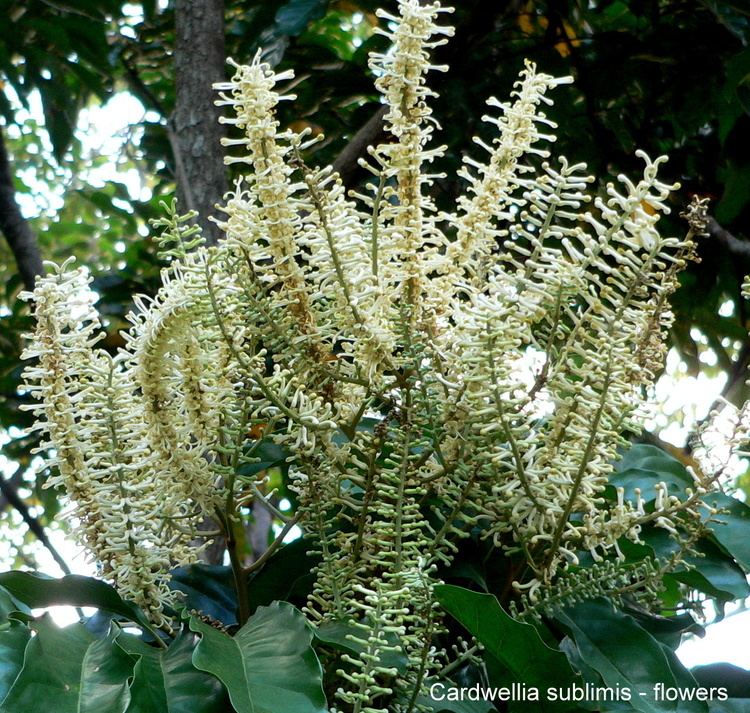
Cardwellia sublimis has potential as a specimen tree in parks, and has showy flowers and follicles. It is readily propagated from seed and has been grown successfully in Melbourne. It is a valuable timber tree in Queensland, which is easy to work with and shows an attractive grain similar to that of oak. It is used for cabinet and veneer work. Attempts to grow Cardwellia sublimis in plantations have not been very successful.
